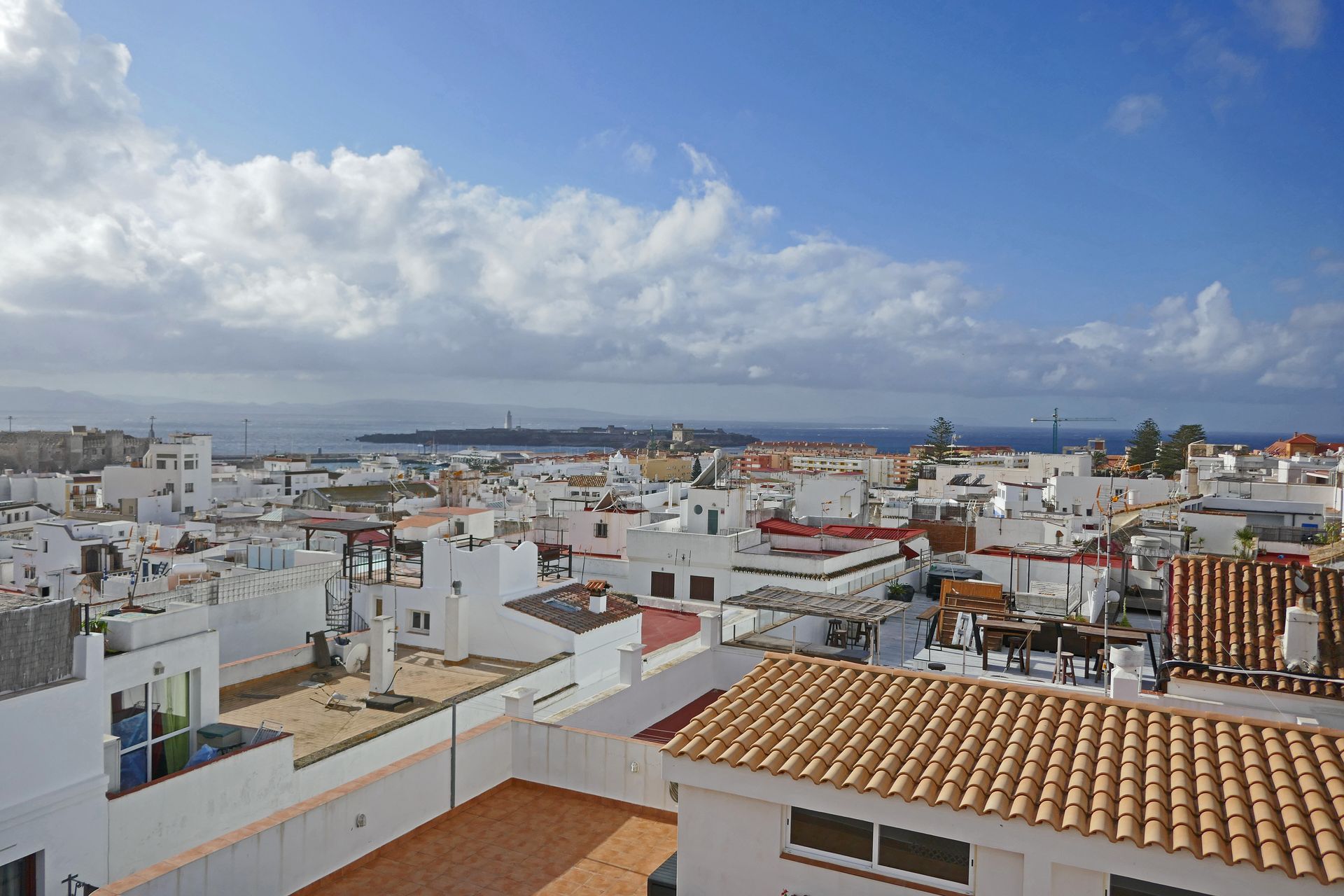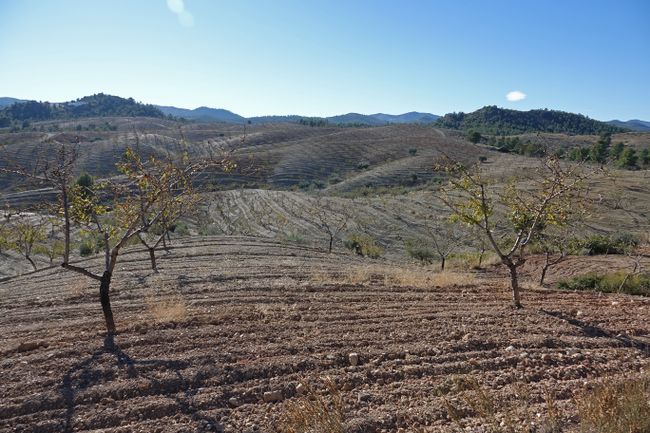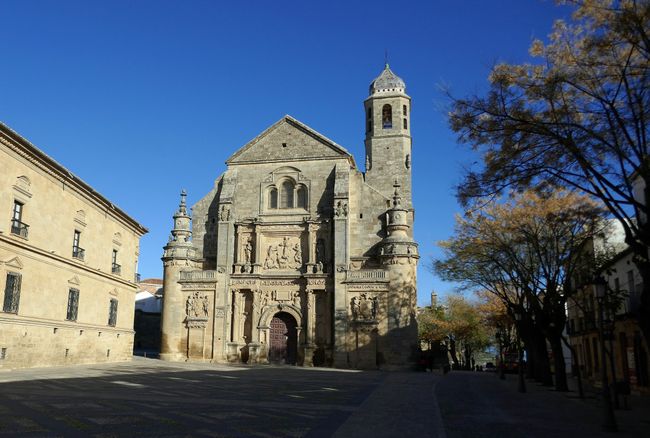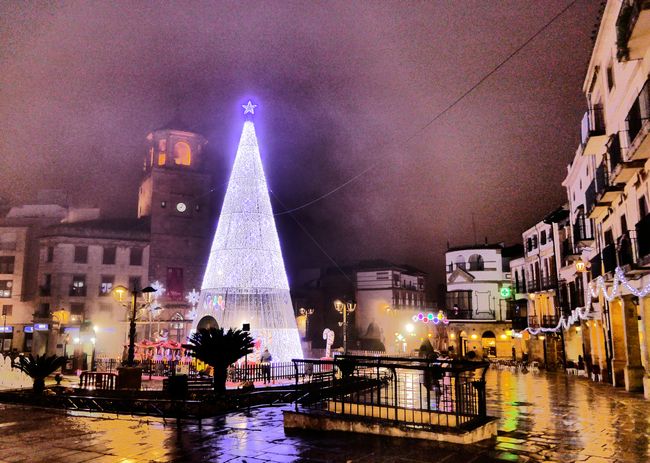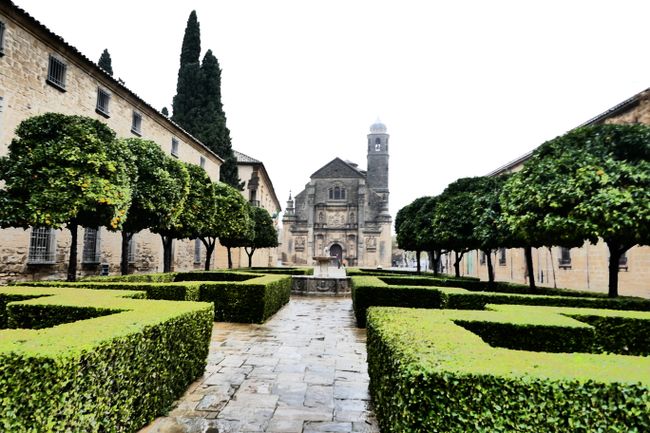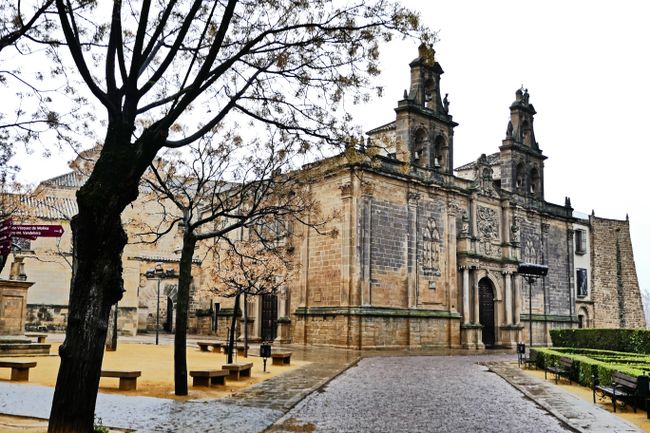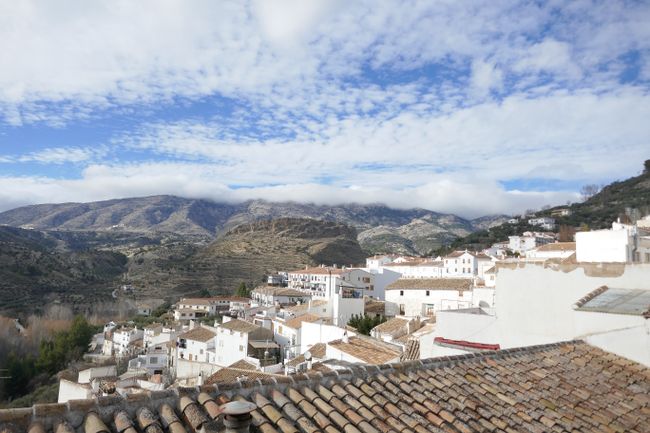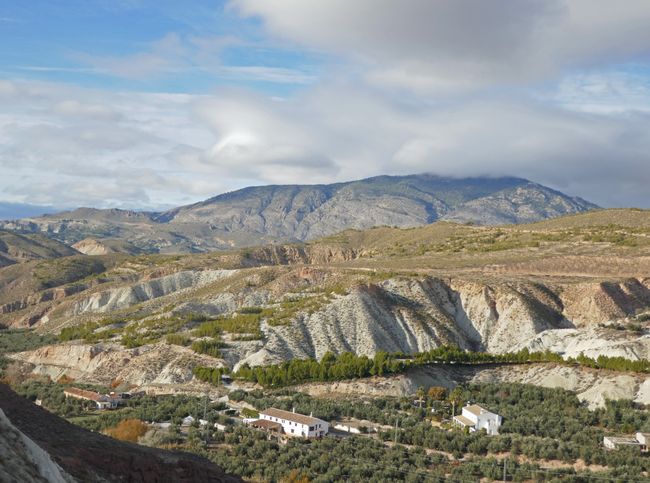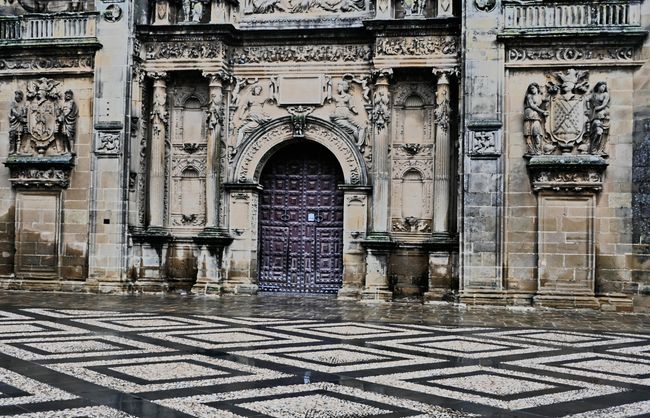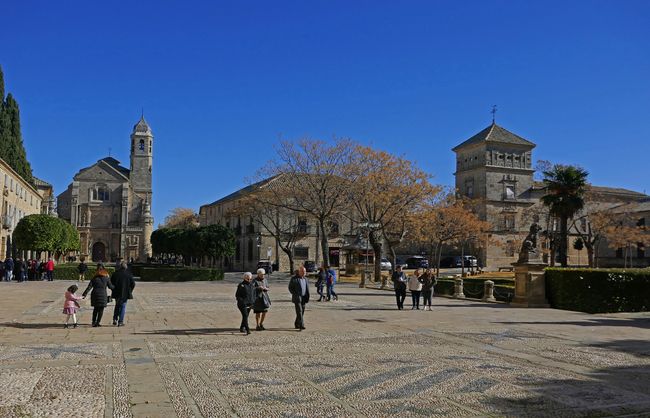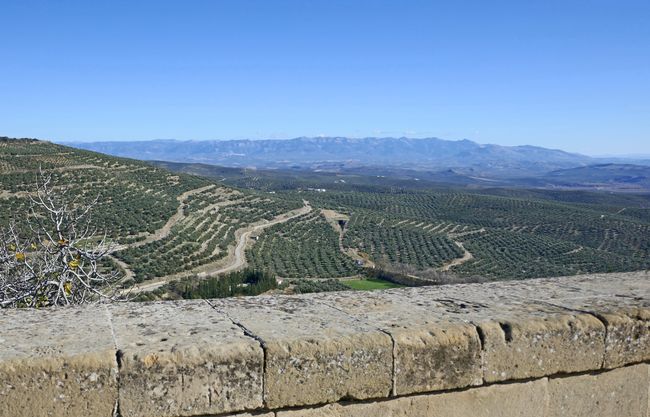Ùbeda, the queen
Dɛn dɔn pablish am: 22.12.2017
Sabskrip to Nyusleta

Our first stop in Andalusia is Ùbeda. Here we treat ourselves to a hotel in the middle of the old town, which is heated very well. Andalusia has the same number of inhabitants as Switzerland, but it is twice as large.

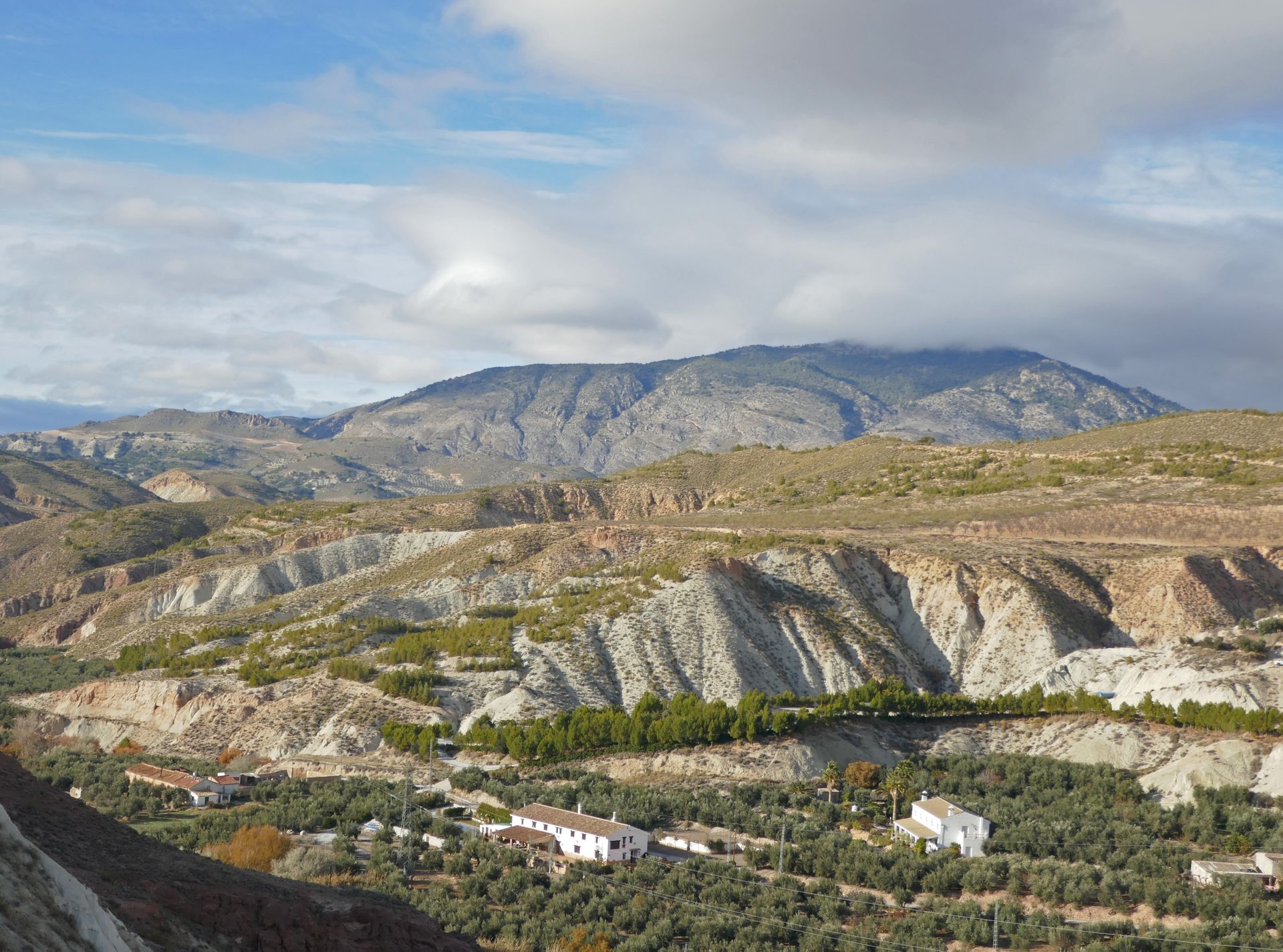
On the way there we visit Castril, a beautiful white village in the middle of the mountains. We eat in the cozy Mesòn Romero and buy our last Christmas lottery ticket. The Loterìa de Navidad is an institution during the Christmas season throughout Spain (www.youtube.com/watch?v=GX1Cdd1BqX0).
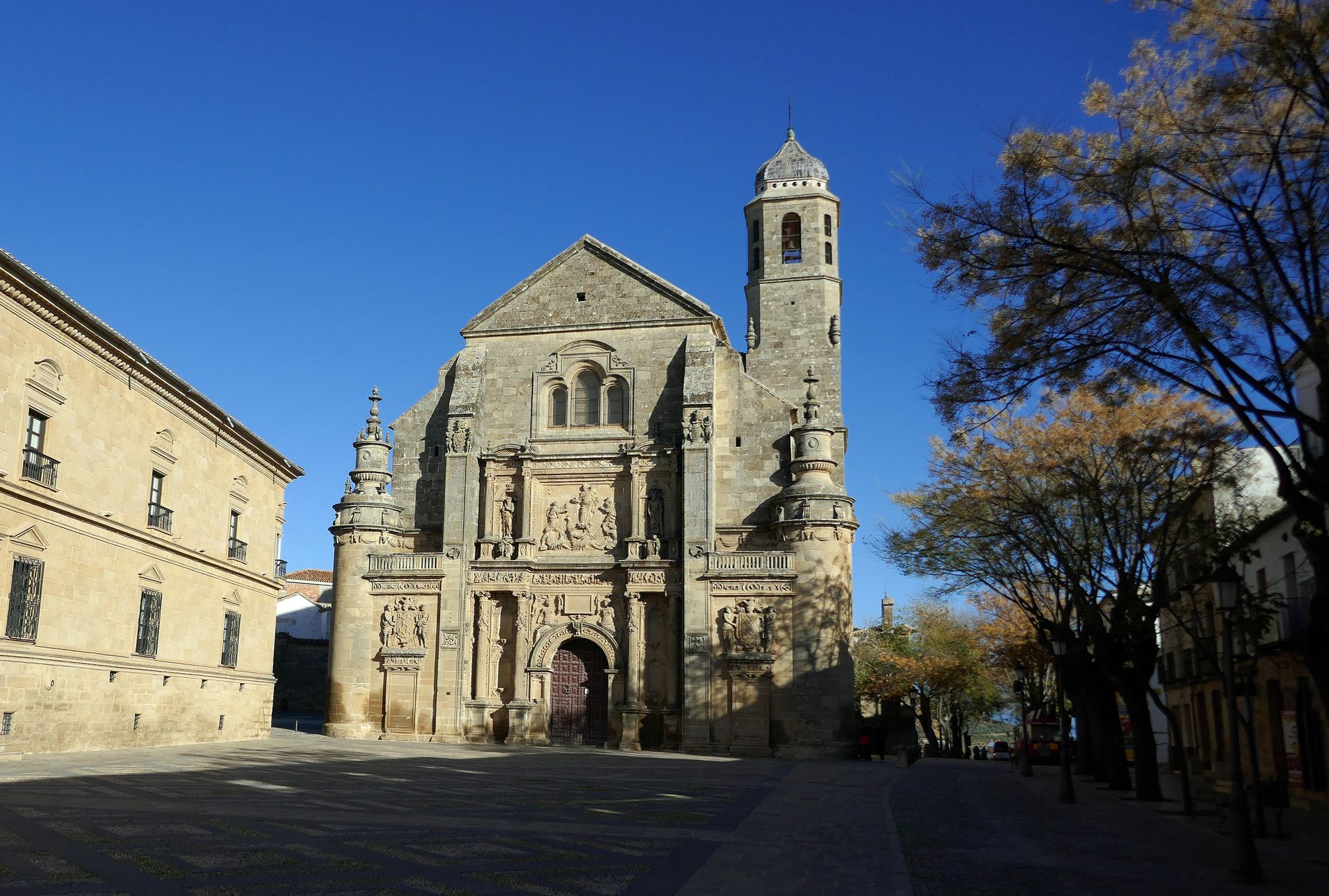

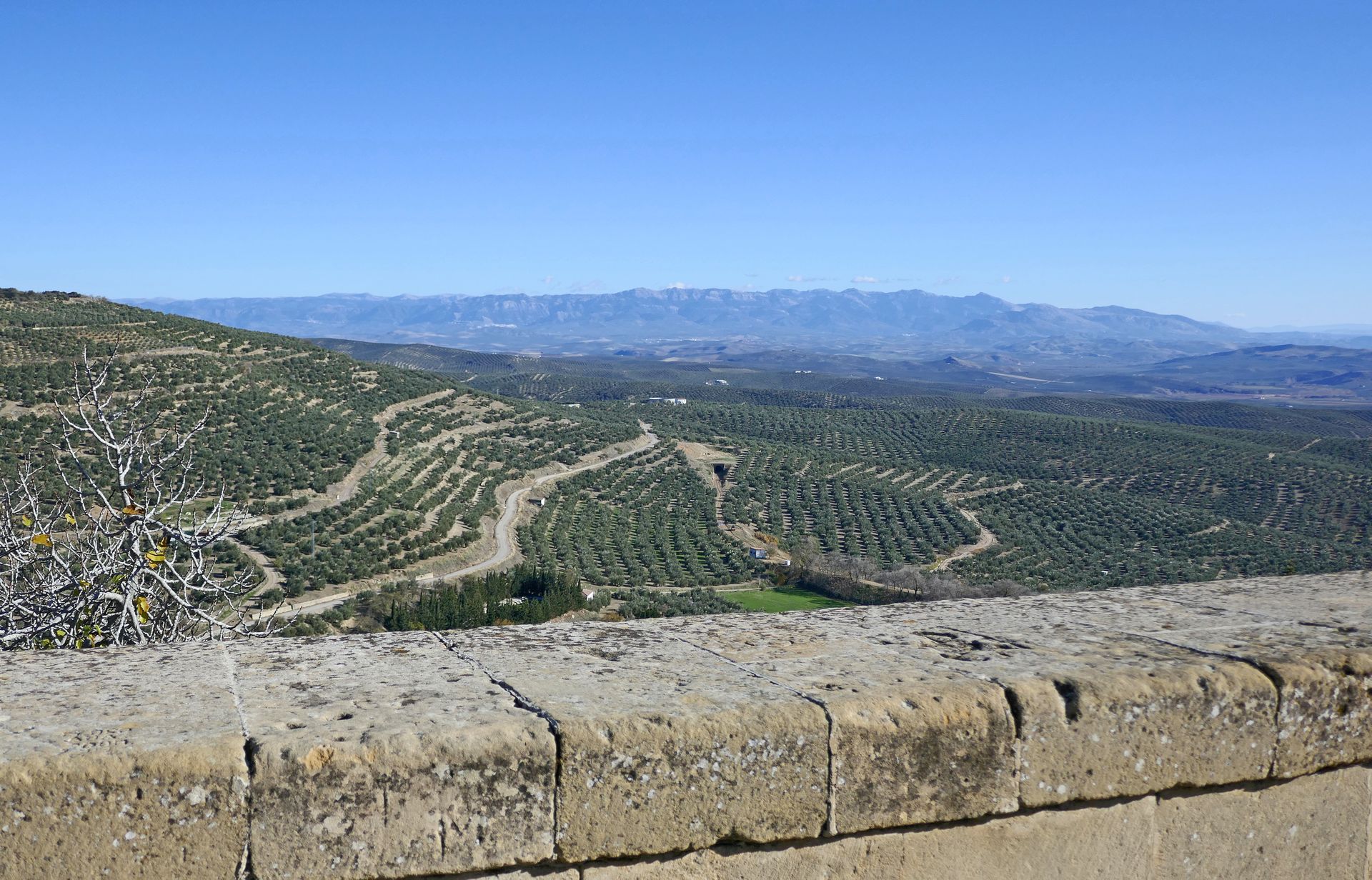
The Renaissance city is located on the right bank of the Guadalquivir. Nestled between olive groves, the Sierra de Cazorla and the Sierra de Mágina, it rests on a hill 748 m high. Roman architecture, Renaissance and magnificent Baroque have left a rich heritage here. The cultural influence of the conquerors from North Africa can still be felt today. It is the Arabs who have most clearly shaped this city since the 8th century.
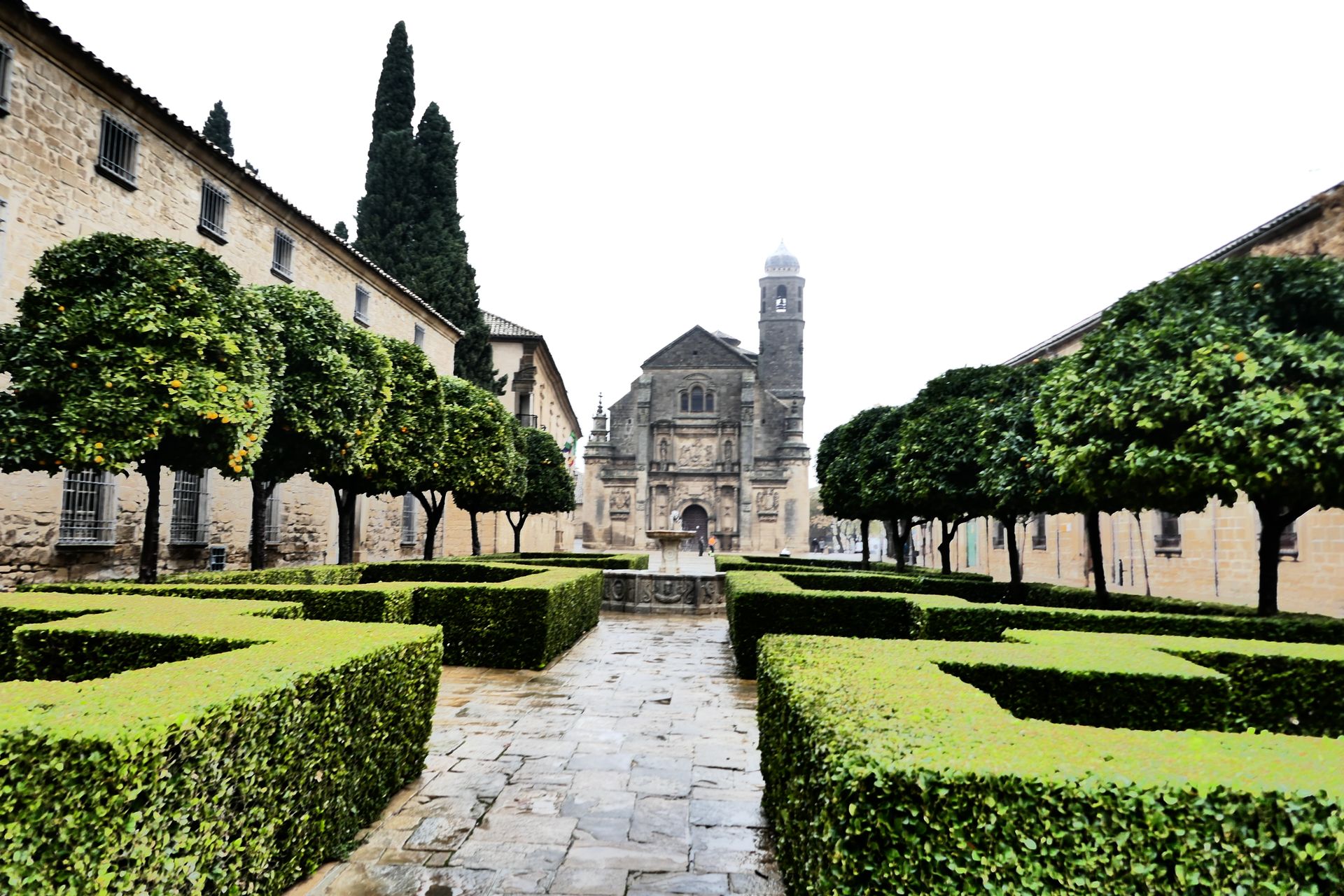
We marvel at the buildings. Palaces and churches are clustered around the Plaza Vázquez de Molina. In the minds of the city planners of the 15th century, the city should form a homogeneous unit, with churches, palaces and houses standing side by side without necessarily sharing everything. In one district, the craftsmen, in another district, the workers. And the Moors, Jews and sometimes even gypsies lived on the outskirts.
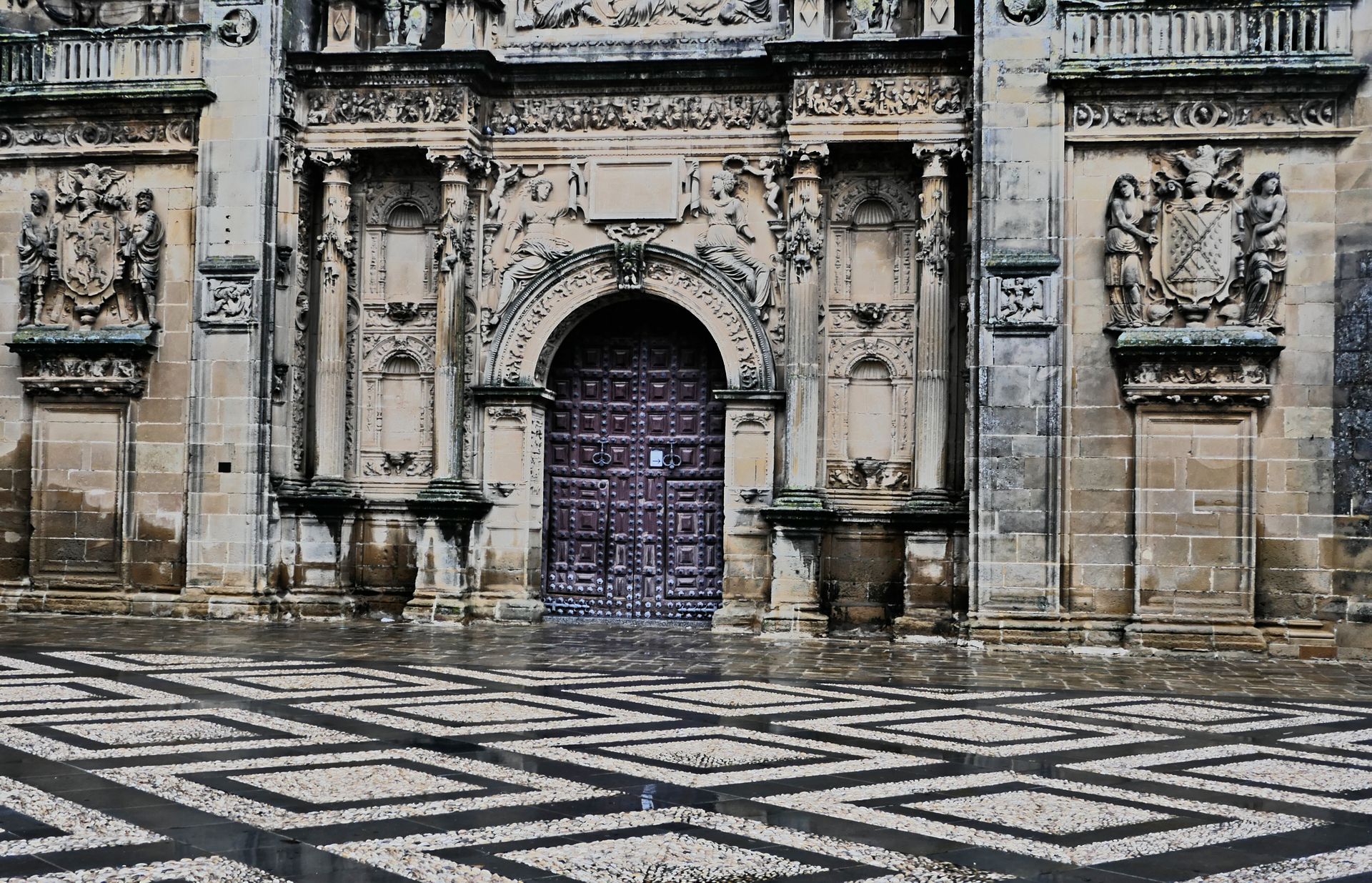
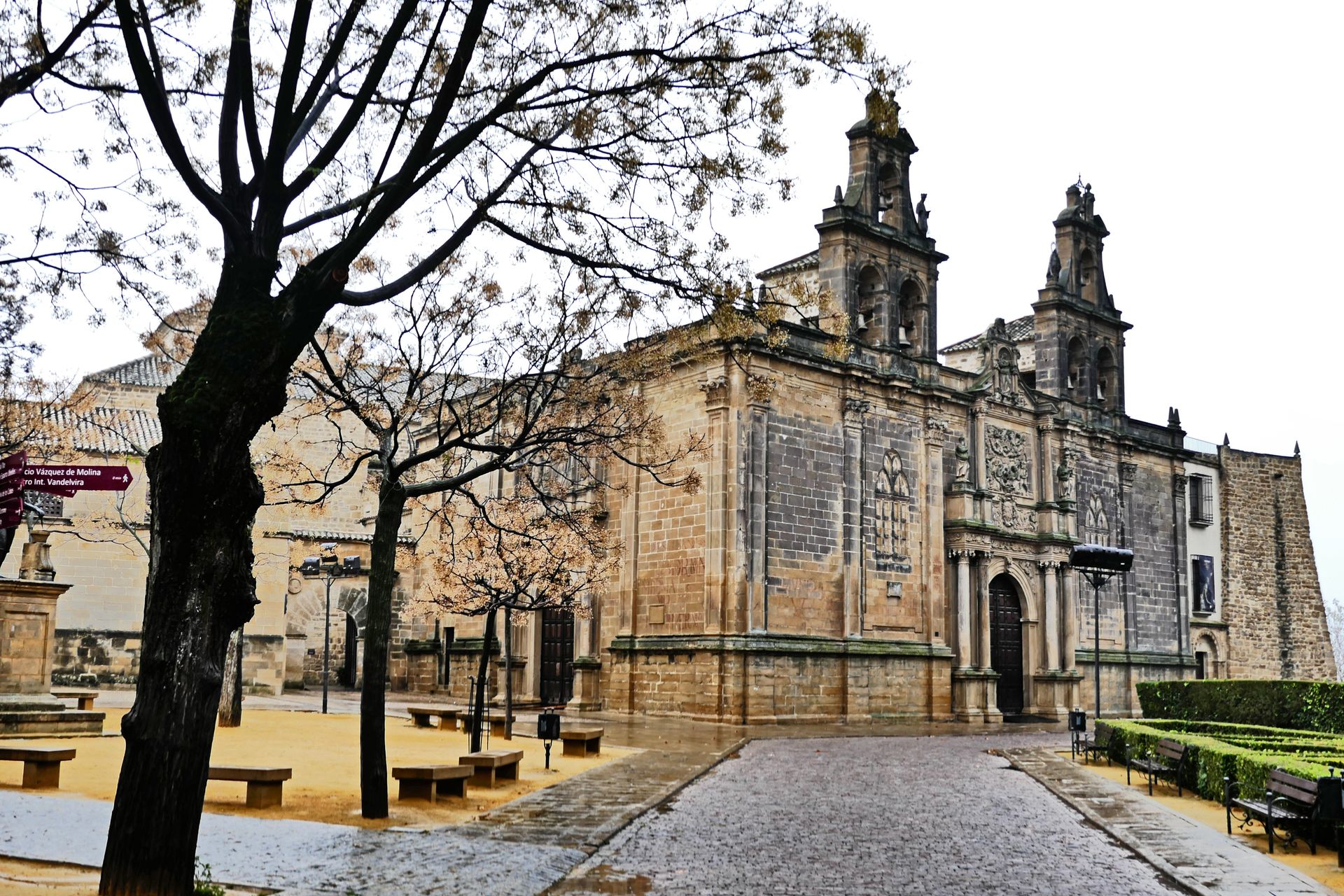
After the quiet country life, we enjoyed the liveliness of the friendly city. Friday was the first rainy day in a long time, and we took the opportunity to do our laundry in the car wash. Jürg photographed the old buildings on this day with a special filter. I really like the effect. The people here are very open, warm and considerate. We are now learning Andalusian, a dialect of Spanish, to understand. Here they say "ehtá" (with a long "a" at the end) instead of "estar" or "hablao" instead of "hablado". In Andalusian, the consonants at the end of words are usually swallowed, and much more.

Pottery is also a great tradition here. I enjoyed strolling through the rooms of Alfareria Tito and admiring the many handmade jugs, cups, lights... plain, colorful or artistically painted, one is more beautiful than the other. Of course, I couldn't resist buying one or two souvenirs from the beautiful city.
Elsbeth
Sabskrip to Nyusleta
Ansa
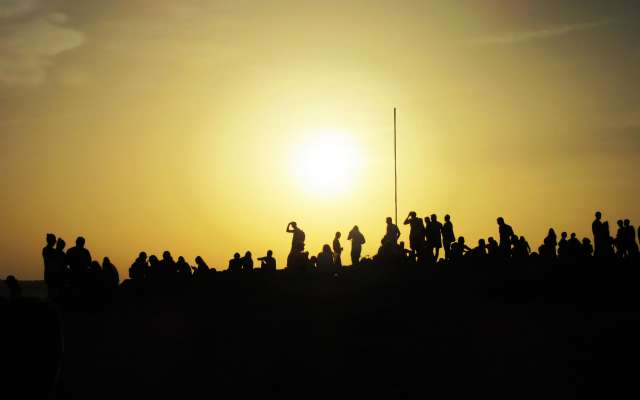
Travul ripɔt Spain
